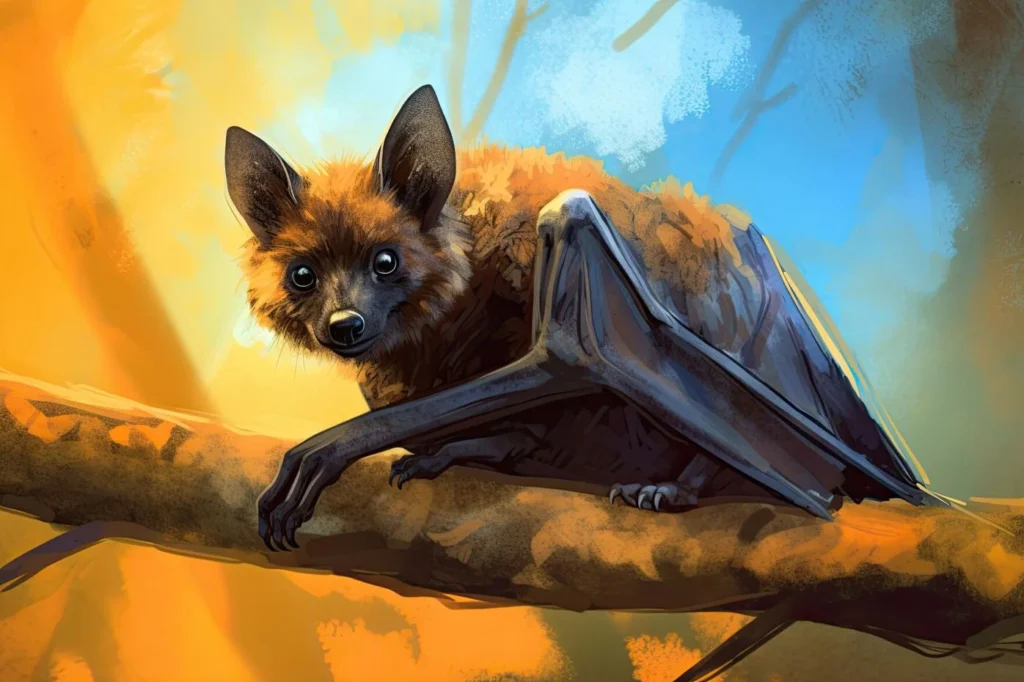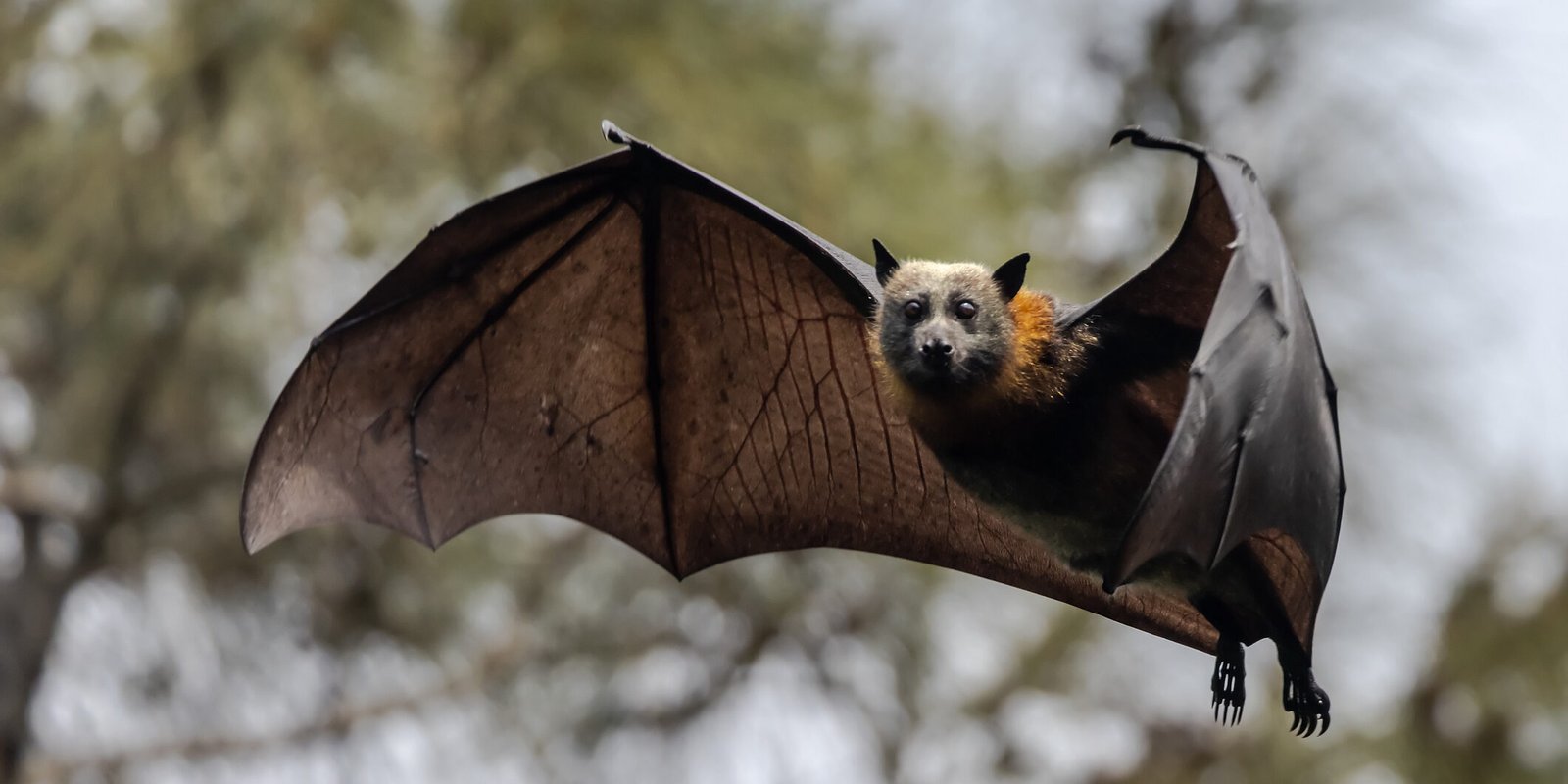Remembering the Guam Flying Fox: A Silent Sentinel of the Skies
Introduction:
The Guam Flying Fox, scientifically known as Pteropus tokudae, was a small fruit bat endemic to the island of Guam in the western Pacific Ocean. This bat, also known as the little Marianas fruit bat, played a crucial role in its ecosystem by pollinating plants and dispersing seeds. Unfortunately, the Guam Flying Fox was last seen in the 1960s and was declared extinct due to habitat destruction, hunting, and predation by invasive species. The loss of this species underscores the delicate balance of island ecosystems and the far-reaching impacts of human activity.

Facts:
| Attribute | Details |
|---|---|
| Scientific Name | Pteropus tokudae |
| Common Names | Guam Flying Fox, Little Marianas Fruit Bat |
| Year Declared Extinct | 1960s |
| Kingdom | Animalia |
| Phylum | Chordata |
| Class | Mammalia |
| Order | Chiroptera |
| Family | Pteropodidae |
| Genus | Pteropus |
| Species | P. tokudae |
| Natural History and Origin | Endemic to Guam, western Pacific Ocean |
| Physical Information | Small fruit bat with a wingspan of up to 2 feet |
| Appearance | Brown fur, large eyes, and leathery wings |
| Scientist Names | First described by Japanese scientists in the early 20th century |
| Region | Guam, Mariana Islands |
Appearance:
The Guam Flying Fox was a small fruit bat with a wingspan of up to 2 feet. Its fur was a rich brown color, providing camouflage among the tropical foliage. It had large, dark eyes adapted for nocturnal activity, and its leathery wings enabled it to navigate through the dense forests of Guam. The bat’s fox-like face and sharp claws were distinctive features that set it apart from other species.

Distribution:
The Guam Flying Fox was endemic to the island of Guam in the Mariana Islands. It inhabited the island’s forests, where it played a vital role in pollination and seed dispersal. The bat’s range was limited to this single island, making it particularly vulnerable to environmental changes and human activities.

Habits and Lifestyle:
The Guam Flying Fox was a nocturnal creature, active primarily at night when it foraged for food. It fed on a variety of fruits, nectar, and flowers, contributing to the pollination of many plant species. These bats roosted in large colonies in the treetops, providing social interaction and protection from predators.
Physical Characteristics:
The Guam Flying Fox was a small but sturdy bat with a wingspan of up to 2 feet. Its fur was dense and brown, aiding in insulation and camouflage. The bat’s large eyes were adapted for low-light conditions, and its strong, leathery wings allowed for agile flight through the forest canopy. Its sharp claws were essential for grasping fruits and hanging from branches.
Diet and Nutrition:
As a frugivore, the Guam Flying Fox’s diet consisted mainly of fruits, nectar, and flowers. It played a crucial role in its ecosystem by pollinating plants and dispersing seeds, aiding in the regeneration of the forest. The bat’s feeding habits made it a keystone species in maintaining the health and diversity of Guam’s forest ecosystem.
Behavior:
The Guam Flying Fox was known for its social behavior, often forming large roosting colonies in the treetops. These colonies provided safety in numbers, reducing the risk of predation. The bats communicated using a range of vocalizations and were highly mobile, capable of traveling long distances in search of food.

Cause of Extinction:
The extinction of the Guam Flying Fox was primarily due to habitat destruction, hunting, and predation by invasive species such as the brown tree snake. The introduction of these snakes to Guam led to a significant decline in native bird and bat populations. Additionally, deforestation and hunting for food and sport further contributed to the species’ decline.
FAQs:
| Question | Answer |
|---|---|
| What led to the extinction of the Guam Flying Fox? | Habitat destruction, hunting, and predation by invasive species such as the brown tree snake. |
| When was the last confirmed sighting of the Guam Flying Fox? | The last confirmed sightings were in the 1960s. |
| What did the Guam Flying Fox eat? | Its diet consisted mainly of fruits, nectar, and flowers. |
| Why is the Guam Flying Fox significant? | It played a crucial role in pollination and seed dispersal, maintaining the health and diversity of Guam’s forest ecosystem. |
| Are there any conservation efforts for similar species? | Yes, conservation efforts are ongoing for other fruit bat species in the Pacific Islands to prevent similar extinctions. |
Guam Flying Fox, Pteropus tokudae, little Marianas fruit bat, extinct bat species, Pacific Islands wildlife, habitat destruction, invasive species impact, brown tree snake, frugivorous bats, island ecosystems, wildlife conservation, nocturnal animals, pollination, seed dispersal, endangered bats, Guam wildlife, ecological balance, natural history, forest regeneration, keystone species.
Categories:
- Extinct Bats
- Pacific Islands Wildlife
- Conservation Efforts
- Island Ecosystems
Views: 22
